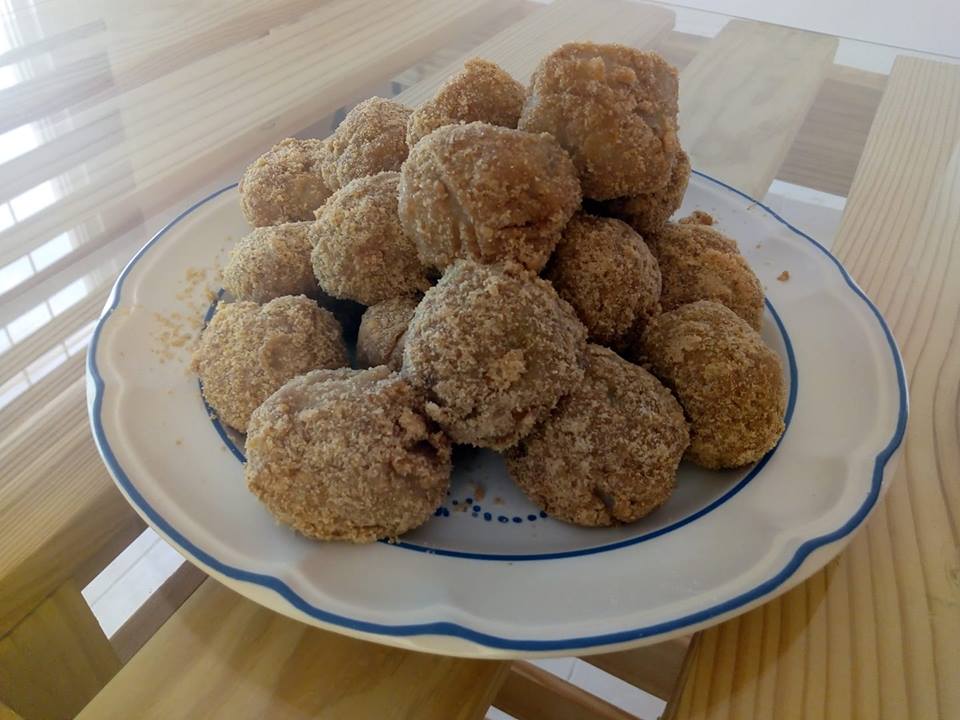 Santa Claus is generally depicted as a portly, jolly, white-bearded man—sometimes with spectacles—wearing a red coat with white fur collar and cuffs, white-fur-cuffed red trousers, a red hat with white fur and black leather belt and boots and who carries a bag full of gifts for children. This image became popular in the United States and Canada in the 19th century due to the significant influence of the 1823 poem “A Visit from St. Nicholas” and of caricaturist and political cartoonist Thomas Nast. This image has been maintained and reinforced through song, radio, television, children’s books, films, and advertising.
Santa Claus is generally depicted as a portly, jolly, white-bearded man—sometimes with spectacles—wearing a red coat with white fur collar and cuffs, white-fur-cuffed red trousers, a red hat with white fur and black leather belt and boots and who carries a bag full of gifts for children. This image became popular in the United States and Canada in the 19th century due to the significant influence of the 1823 poem “A Visit from St. Nicholas” and of caricaturist and political cartoonist Thomas Nast. This image has been maintained and reinforced through song, radio, television, children’s books, films, and advertising.
Santa Claus is said to make lists of children throughout the world, categorizing them according to their behavior (“good” and “bad”, or “naughty” and “nice”) and to deliver presents, including toys, and candy to all of the well-behaved children in the world, and coal to all the misbehaved children, on the single night of Christmas Eve. He accomplishes this feat with the aid of his elves, who make the toys in his workshop at the North Pole, and his flying reindeer, who pull his sleigh.[5][6] He is commonly portrayed as living at the North Pole, and often laughing in a way that sounds like “ho ho ho”.
The description is from the Wikipedia. Santa Claus is generally depicted as a portly, jolly, white-bearded man—sometimes with spectacles—wearing a red coat with white fur collar and cuffs, white-fur-cuffed red trousers, a red hat with white fur and black leather belt and boots and who carries a bag full of gifts for children. This image became popular in the United States and Canada in the 19th century due to the significant influence of the 1823 poem “A Visit from St. Nicholas” and of caricaturist and political cartoonist Thomas Nast. This image has been maintained and reinforced through song, radio, television, children’s books, films, and advertising.
Santa Claus is said to make lists of children throughout the world, categorizing them according to their behavior (“good” and “bad”, or “naughty” and “nice”) and to deliver presents, including toys, and candy to all of the well-behaved children in the world, and coal to all the misbehaved children, on the single night of Christmas Eve. He accomplishes this feat with the aid of his elves, who make the toys in his workshop at the North Pole, and his flying reindeer, who pull his sleigh.He is commonly portrayed as living at the North Pole, and often laughing in a way that sounds like “ho ho ho”.
The description is from the Wikipedia. There you can find much more, just click. https://en.wikipedia.org/wiki/Santa_Claus
What about at your place?
What is the name of Santa Claus in your country?
What do “good” children get from Santa Claus?
What does he bring for “bad” children?
Let’s learn about each others culture! We are different meanwhile we are similar.
Write a comment about Santa Claus in your country!
And a picture is more than a thousand words.
Can you draw, paint a picture of Santa Claus? Maybe a picture of a Santa Claus made of the role of toilet paper, a montage, papermaché, crochet or anything else? Share with us!

